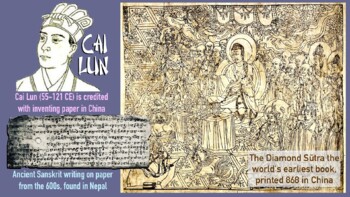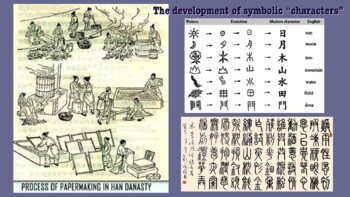MANGA MANIA: The history of Japan's obsession with comics
- PPTX
Description
Comics from Japan, otherwise known as manga, are more popular than ever in America, with sales up 43% in 2020 alone. Often more cartoony and formulaic than American comics, the medium has enraptured young and old, with more titles every year imported and translated for US audiences.
This 32-slide, image-heavy slideshow delves into the history of the art form, starting with the ancient origins of pictorial symbols evolving into written language in Asia. Slides include important Japanese art influences through the centuries, including the Hungry Ghost Scrolls, and character designs from deities to demons and early animal cartoons, architecture, samurais, woodblock prints and the evolution of word balloons.
Also includes early examples of manga, pioneering creators and famous titles, such as Astro Boy, Sailor Moon and Barefoot Gen, set in 1945 Hiroshima. Touches on various art styles, Western influences, common motifs and sub-genres such as "mecha" (giant robots), romance comics, and answers the famous question "why are eyes so big?"
Best uses: Using the popularity of manga as a hook, the presentation brings students on a visual tour of Japanese culture and history distinct from our own.
Possible prompts for students:
• explain how Japanese history influenced the development of manga
• share and discuss their own favorite manga or anime series
• compare to American storytelling mediums
• notice the similarity/repeatability of manga elements
• notice the hyper-expressiveness in manga





